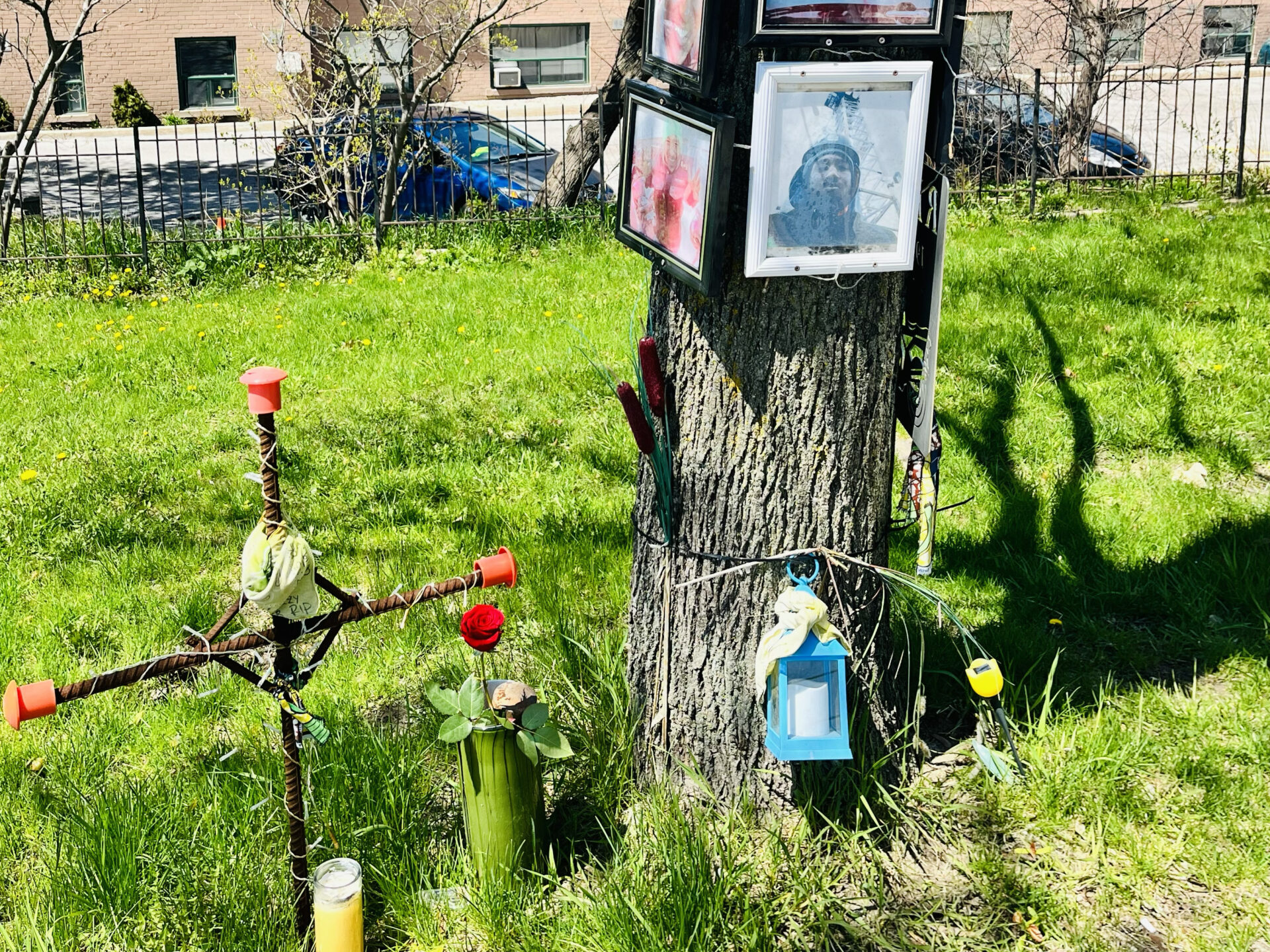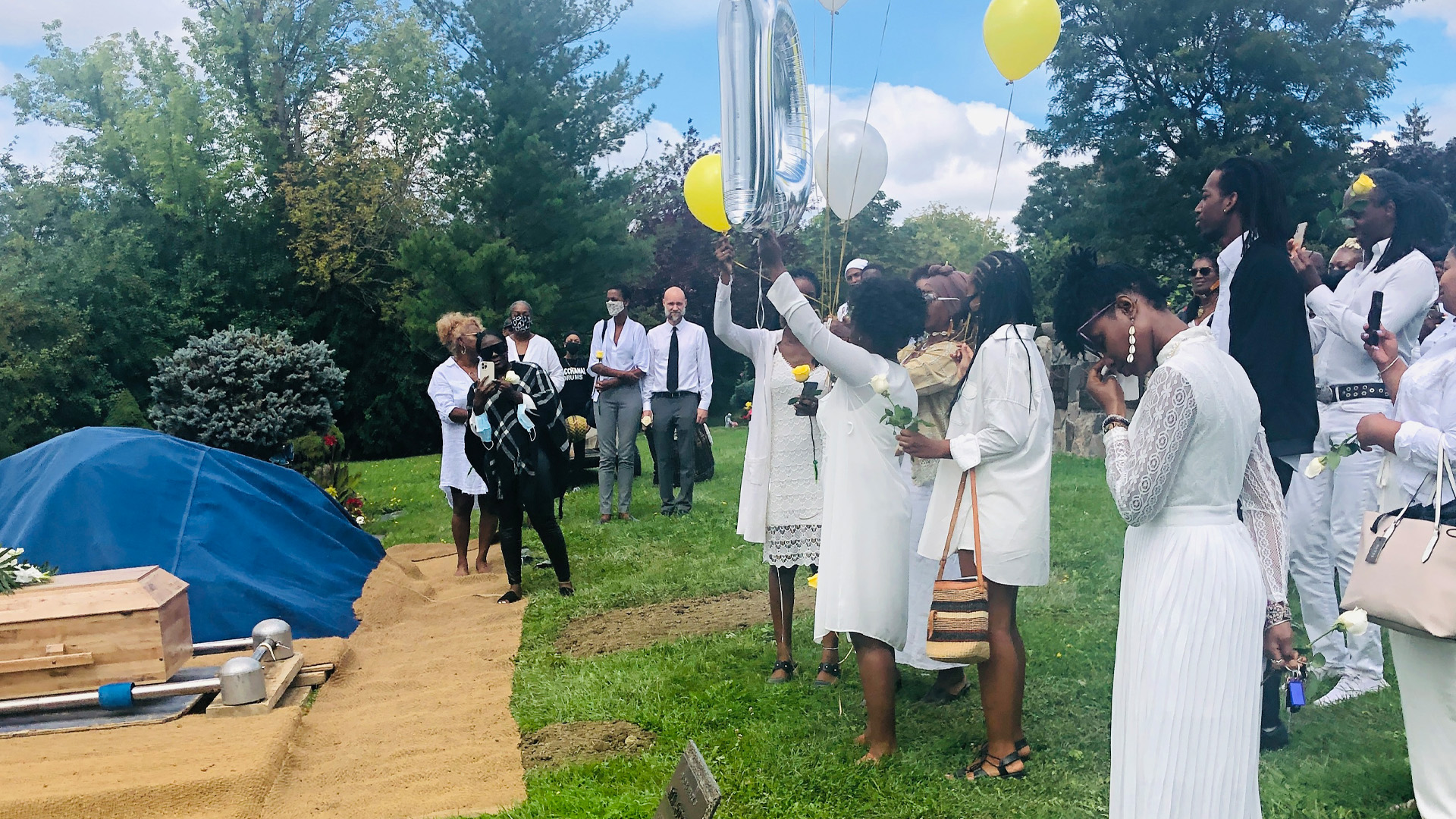
As Ontario moves forward on an ambitious track to build housing for a rapidly growing population, a corresponding need for a different kind of land development planning has gone largely forgotten. Ontario is embarking on an already debatable and politically charged planning framework to spur housing development through Bill 23, the new More Homes Built Faster Act, 2022, and Bill 109, the More Homes for Everyone Act, 2022.
Yet, cemetery land use planning has not been enshrined as a required component of these pieces of legislation based on the increasing demand for a limited supply of interment spaces. A cemetery planning policy framework is needed to envision new cemetery land uses based on a city’s mortality rates, increased deaths of baby-boomers, remaining capacity within existing cemeteries, cultural/religious needs in death, finite land, housing intensification targets, the impacts of COVID-19 and the growing opioid crisis to name a few reasons.
The case for municipal cemetery planning has become evident across rural, urban, and suburban communities in Ontario over the last decade. Death continues to be an equity issue in municipalities throughout the Greater Golden Horseshoe. Death equity is a concern for anyone who requires full-body in-ground burial or cremation in areas where there’s a shortage of available cemetery land.
Cultural and religious values govern funerary practices and customs for religious and ethnic groups. Some branches of Christianity, for example, do not permit cremation. These include some minority Protestant and Orthodox groups such as Greek and Serbian Christians and the Eastern and Oriental Orthodox Churches. Similarly, the Muslim community follows specific rites sometimes with variations in custom. But in all these cases, cremation is forbidden. Among Liberal Jews, cremation has become acceptable. But Orthodox Jews believe Jewish law (halakha) forbids it. Over the past century, cremation has become the primary funerary practice for many cultures and religions of the world. Hinduism, Sikhism and Buddhism mandate cremation.
These cultural and religious practices shape the need for affordable cemetery land and need to be captured and forecasted in provincial and municipal planning documents.

There are 444 municipalities across Ontario that operate approximately 5,100 licensed cemeteries through their cemetery, parks and recreation or clerks department. While these departments administer the operational regulatory framework of the Funeral, Burial and Cremation Services Act, 2002, planning departments facilitate the land use policy direction and fundamental implementation of cemetery land uses as critical green infrastructure within communities. Cemetery land use includes small-scale cemeteries, cemetery parkettes (small public parks), memorial gardens, ecological memorial parks, columbarium plazas/squares (where urns are stored and displayed), cemetery community land trusts and memorial public art installations in public space.
Typically, urban planners set the intended land use, growth-related and development policy framework in the public interest for a 25-year planning horizon. Given that cemetery land uses are to be planned perpetually for a 100-year planning horizon, it’s critical for planning policies to envision, adopt and implement a comprehensive municipal cemetery masterplan to equitably address the need for new and expanded cemetery land for a diversity of residents.
Planning departments also have an essential role in implementing well-crafted cemetery land-use policies to mitigate development pressures on the Greenbelt. Cemeteries can help to protect the Greenbelt as dedicated greenspace and support it as critical perpetual green infrastructure.
The following recommendations can be implemented by municipal planning departments to address death equity and resolve the environmental crisis exacerbated by the lack of available land for cemeteries:
1. Analyze cemetery needs during official plan reviews
Ontario’s Planning Act requires municipalities to review their official plan every five years. In amending the official plans to ensure they are up to date and consistent with the provincial policy statement, municipalities can jointly undertake a cemetery needs analysis to determine the remaining capacity available within existing cemeteries, the current and expected demand for the interment of full-body in-ground burial and cremated remains, while recognizing the value of cemetery land uses as part of complete, sustainable communities where an increased amount of target development is set to occur.
Accommodating the anticipated need for interments will be based on the findings of the cemetery needs analysis, while acknowledging the long-term presence of cemetery land uses as critical community green infrastructure. In addition to this, a review of cemetery needs should be required as part of the municipal comprehensive review and related growth management study.

2. Draft a cemetery master plan
The cemetery master plan would be a long-range planning document that informs and guides the growth and development of municipally owned/operated cemetery sites while linking this growth to other required municipal/regional infrastructure plans and services.
The cemetery master plan should also include an asset management strategy, which manages and monitors the operations, care, and maintenance of cemetery assets in the most cost-effective manner. Extensive public consultation would help planners achieve the goals, visions and outcomes of the cemetery master plan based on the requirements of the Funeral, Burial and Cremation Services Act, 2002, and other applicable law.
3. Make zoning regulations equitable and inclusionary
Equitable zoning would allow municipalities to identify and resolve zoning barriers that restrict cemetery land uses. Inclusionary zoning would require residential developments set aside a percentage of land to be used for cemeteries based on the community’s needs. This percentage would increase gradually yearly. Such changes would require a comprehensive zoning bylaw review consisting of extensive research, an issues and analysis report, mapping, and meaningful public engagement finalized with recommendations to council for adoption.
A practical example of equitable zoning would be to permit joint, complementary, and symbiotic cemetery land uses within agricultural zones, environmentally sensitive areas such as the Oak Ridges Moraine in south central Ontario, and the Greenbelt (subject to an official plan amendment and a number of criteria being satisfied). With this kind of joint use within the Greenbelt, cemeteries would forever protect it from development. It would also protect natural habitat and biodiversity. Conservation authorities would need to be engaged on the feasibility of creating more permissive policies to permit cemeteries within Greenbelt lands.

4. Establish a cemetery steering/standing committee
A cemetery steering or standing committee would include planners, conservation staff, municipal staff, and constituents from the community representing various cultural values and religions. The committee would focus on the cemetery master plan, provide input and direction on key cemetery and memorial issues, review development applications to identify community benefits where new sites for interment can be proposed, and provide recommendations to staff and council.
5. Infill and expand existing municipally operated/owned cemeteries
Cemeteries can be expanded, and they can also be densified – infilled, in industry parlance – with new graves added where space can be found when they are tight for space or no longer have available lots. To infill and expand existing municipal cemeteries, an inventory of available interment space (for cremation lots, in-ground burial lots and plots, crypts, niches, scattering gardens) is required to determine where to site new interments while keeping walkways, seating, and other site elements. This will also determine where the boundaries of the cemetery can be expanded to infill more lots to provide more affordable interment options. An inventory of a municipality’s neglected, abandoned and unregistered cemeteries could also provide opportunities for infill and expansion to keep up with demand.
6. Plan for proximity near major transit stations
The province’s growth plan requires municipalities to develop transit-oriented communities – high-density, mixed use, transit-centric areas, where 200 residents and jobs per hectare are required. By designating cemetery parkettes and memorial squares within 500 to 800 metres of a major transit station, the densest communities will have better access to cemetery-related and memorial spaces. The visibility and delineation of such sites will equitably normalize spaces of death and grieving as an inherent part of the community fabric and show they are compatible with other land uses in achieving sustainable and livable complete communities.
By the author: The case for municipal cemetery planning in Ontario
It’s important to note that cemeteries are not public parks, and while public access for passive recreation uses are desirable at some cemeteries, it can be prohibited at other cemeteries. Cemeteries operate under their own by-laws. These rules and regulations dictate permitted uses and prohibited uses, including whether passive recreation is allowed. The rules also determine hours of operation, memorization considerations, and money required to be allocated to the cemetery as per the FBSCA.
7. Allocate development charges and community benefits
Development charges are allocated by municipalities from developers to pay for capital projects and growth-related infrastructure. While Bill 23 amends the Development Charges Act, 1997 by reducing and eliminating a significant percentage of levied fees, municipally owned and operated cemeteries are critical green infrastructure assets that should be considered as required growth-related infrastructure based on new residential development. To do this, cemetery land uses should be added to the list of eligible services in the Development Charges Act.
Community benefit charges allocated by municipalities from developers to pay for growth-related costs for high-density residential development not covered by development charges. These charges are capped at 4 percent of the land value and pay for a variety of facilities, services, and other intensification growth-related matters across the municipality to create complete communities. Municipally owned and operated cemeteries are critical green infrastructure assets that should be considered as required services identified in the municipality’s community benefit charges fund based on their community benefits charge assessment, strategy and adopted by-law.
In both cases, development charges and community benefit charges can be allocated for new and existing cemetery land uses as critical perpetual green infrastructure to help municipalities achieve their forecasted interment and memorialization needs based on provincial and municipal intensification priorities.
How municipal planners review, assess and respond to the environmental land crisis cemeteries face across the greater Golden Horseshoe will determine whether the current cemetery land use supply and future demand will resolve death equity issues. After all, the lack of accessible and affordable cemetery land uses is another kind of housing crisis that will affect us all, and it warrants equitable long-term planning solutions.











